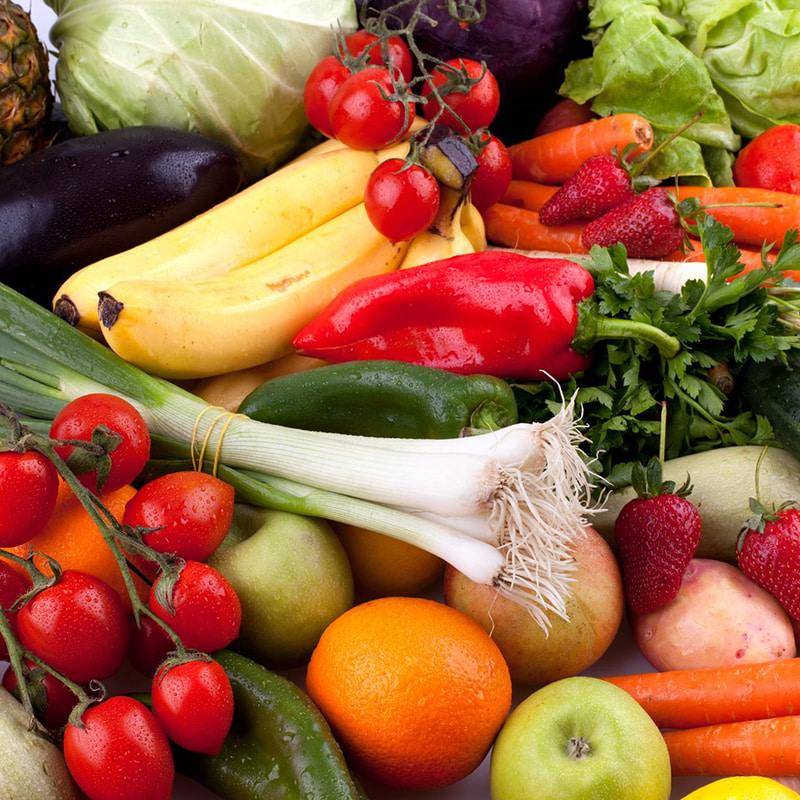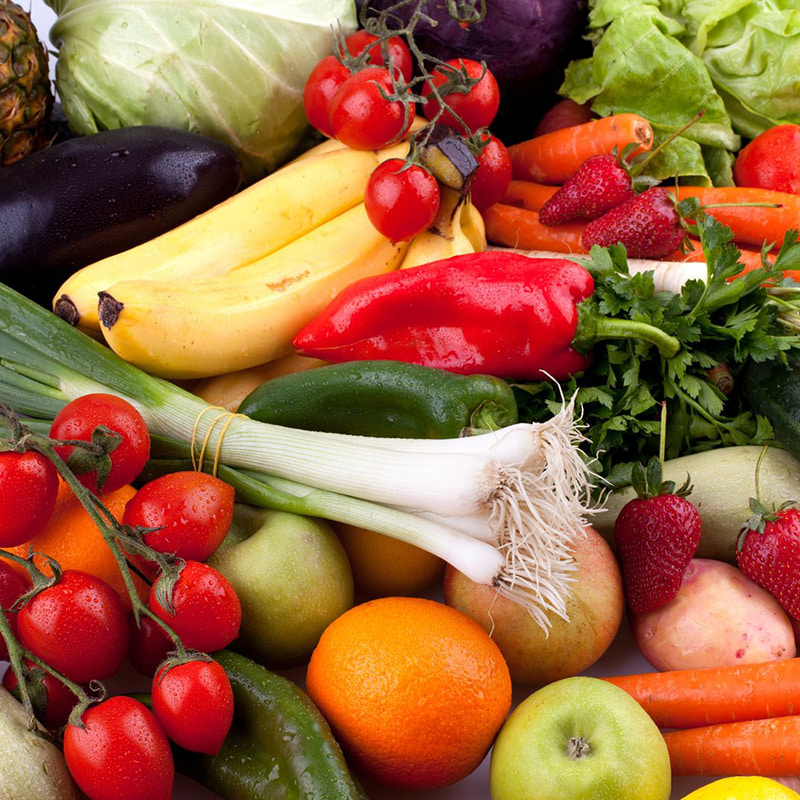Daily maintenance requirements for freeze-drying equipment for fruits and vegetables
Cleaning Procedures for Freeze-Drying Equipment for Fruits and Vegetables
Cleaning is one of the most important aspects of daily maintenance for freeze-drying equipment used in fruits and vegetables processing. The equipment typically includes chambers, shelves, condensers, and trays that directly come into contact with food products. Any residue left behind can promote microbial growth or cause contamination in subsequent batches. To ensure hygiene, all trays and removable parts should be washed thoroughly with food-grade cleaning agents and rinsed with distilled water to prevent detergent residues. The drying chamber should also be wiped with a soft cloth to remove fruit or vegetable particles that may have adhered during the drying cycle. Regular cleaning not only maintains product quality but also reduces the risk of equipment malfunction caused by blockages or build-up.
Inspection of Vacuum Systems
The vacuum system is central to the operation of freeze-drying equipment for fruits and vegetables. Its performance directly affects the efficiency of sublimation and the final moisture content of the dried product. Daily checks should include examining vacuum pump oil levels, assessing oil quality, and looking for potential leaks. If the oil becomes cloudy or discolored, it may signal contamination and should be replaced. Additionally, hoses and seals should be inspected for wear or cracking, as any small leak can reduce vacuum efficiency. A well-maintained vacuum system ensures the equipment maintains stable low-pressure conditions essential for drying fruits and vegetables effectively.
Monitoring Refrigeration Units
Freeze-drying equipment for fruits and vegetables relies on refrigeration units to keep the condenser coils at sufficiently low temperatures to capture water vapor. Daily maintenance involves checking the condenser coil for frost build-up and ensuring that the refrigerant lines are intact. Monitoring the temperature display is also necessary, as sudden fluctuations could indicate refrigerant leakage or compressor problems. Cleaning condenser fins from dust and debris is essential to maintain proper airflow. By ensuring the refrigeration unit operates smoothly, the system can achieve consistent moisture removal and help preserve the texture and nutrients of fruits and vegetables during drying.
Sanitization Protocols
Sanitization is different from cleaning and plays a critical role in food safety. After cleaning surfaces, a food-safe sanitizing solution should be applied to all contact areas within the freeze-drying equipment. This prevents microbial contamination, which is particularly important when processing fresh fruits and vegetables that may carry natural microorganisms. The sanitization process should follow manufacturer recommendations and ensure contact time is sufficient for effectiveness. Rinsing may or may not be required depending on the type of sanitizer used. Daily sanitization reduces risks of cross-contamination between different batches of produce.
Checking Gaskets and Seals
Gaskets and seals are critical components that maintain airtight conditions in freeze-drying chambers for fruits and vegetables. With regular use, these rubber or silicone parts can wear out, crack, or lose elasticity. Daily visual inspection is necessary to confirm that seals remain intact and clean. If food particles or residues accumulate, they can prevent proper sealing. Applying a thin layer of food-safe lubricant may extend the lifespan of gaskets and maintain flexibility. Any damaged seals should be replaced immediately to avoid operational inefficiencies and product inconsistencies during drying cycles.
Lubrication of Moving Components
Although freeze-drying equipment does not contain many fast-moving mechanical parts, some components such as pumps, motors, and tray movement systems require regular lubrication. Daily inspection helps identify whether lubrication levels are adequate and ensures smooth operation. Using the correct grade of lubricant recommended by the manufacturer prevents unnecessary wear and extends the service life of the equipment. Excess lubrication should be avoided as it may lead to contamination risks, particularly in a food-processing environment.
Temperature Control System Maintenance
Temperature control is vital for freeze-drying fruits and vegetables, as it ensures the proper sublimation rate and prevents structural collapse of the product. Daily checks should focus on verifying calibration of temperature sensors and ensuring even distribution across shelves. Any irregular readings should be reported and addressed promptly. Recording daily temperature logs can also help identify patterns or deviations that may suggest underlying problems in the control system. Stable temperature regulation is crucial to retain the nutritional profile and sensory qualities of dried produce.
Air Filtration Systems
Air filtration in freeze-drying equipment helps maintain a clean environment inside the chamber and prevents contamination during processing. Filters should be inspected daily for dust, debris, or clogs. If airflow appears restricted, filters should be cleaned or replaced according to the manufacturer’s guidelines. Since fruits and vegetables naturally release small particles, maintaining effective filtration is necessary for both product safety and equipment longevity. Proper airflow also assists in maintaining consistent drying conditions throughout the chamber.
Electrical System Safety Checks
The electrical system powers the entire freeze-drying unit, including compressors, heaters, sensors, and control panels. Daily maintenance should involve inspecting for loose connections, frayed wires, or unusual smells that may suggest overheating. The control panel should also be checked for error codes or irregular signals. Ensuring the electrical components are in safe working order prevents sudden shutdowns that could damage partially dried fruit and vegetable products. Additionally, circuit breakers and protective devices should be reviewed to confirm they function correctly.
Daily Logbook and Record-Keeping
Maintaining a logbook is an important part of daily maintenance for freeze-drying equipment. Operators should record cleaning activities, vacuum and refrigeration system checks, temperature readings, and any irregularities encountered during operation. Such documentation allows for trend analysis, making it easier to identify recurring issues and plan preventive maintenance. Accurate records also support compliance with food safety standards when processing fruits and vegetables for commercial purposes.
Sample Daily Maintenance Checklist for Freeze-Drying Equipment
| Task | Action Required | Frequency |
|---|---|---|
| Chamber Cleaning | Remove residues and wipe surfaces | Daily |
| Vacuum System | Check oil and seals for leaks | Daily |
| Refrigeration Unit | Inspect coils, monitor temperatures | Daily |
| Sanitization | Apply food-grade sanitizer | Daily |
| Gaskets and Seals | Inspect for cracks or dirt | Daily |
| Air Filters | Check for clogs or replace | Daily |
| Temperature Sensors | Verify calibration and readings | Daily |
| Electrical Systems | Check wiring and connections | Daily |
| Logbook | Record maintenance tasks | Daily |
Verification of Freeze-Dried Product Quality
Although not directly related to mechanical components, daily maintenance should also include verification of product quality as an indirect measure of equipment condition. Operators should examine the texture, color, and residual moisture of freeze-dried fruits and vegetables. Any unexpected variations could point to maintenance needs, such as insufficient vacuum or uneven temperature distribution. Monitoring output quality allows operators to act quickly before issues escalate and ensures the final dried products meet safety and consumer expectations.
Routine Training for Maintenance Staff
Operators responsible for daily maintenance of freeze-drying equipment for fruits and vegetables should be trained regularly to follow procedures correctly. Training ensures proper handling of cleaning chemicals, accurate interpretation of sensor readings, and correct reporting of equipment abnormalities. Skilled staff reduce the risk of improper maintenance and enhance the consistency of freeze-drying operations. Knowledge of troubleshooting techniques can also minimize downtime if minor issues arise during daily use.
Spare Parts and Consumables Management
Daily maintenance also requires readiness in terms of spare parts and consumables. Commonly needed items include vacuum pump oil, gaskets, seals, and filters. Maintaining an inventory ensures that replacements are available when needed without delays. A lack of essential spare parts may disrupt production and compromise the quality of freeze-dried fruits and vegetables. Reviewing inventory levels daily and restocking as required is a proactive maintenance practice.
Summary of Key Daily Maintenance Actions
| Area | Daily Focus |
|---|---|
| Hygiene | Cleaning, sanitization of contact surfaces |
| Mechanical Systems | Inspection of vacuum pumps and moving parts |
| Temperature Control | Sensor calibration, stable readings |
| Refrigeration | Condenser monitoring and coil cleaning |
| Air Quality | Filter inspection and replacement |
| Safety | Electrical system checks |
| Documentation | Daily logbook completion |

 English
English  русский
русский  中文简体
中文简体 










 +86- (0) 519-8578 6988
+86- (0) 519-8578 6988  +86-180 6875 7376
+86-180 6875 7376  emmy@jsblk.com
emmy@jsblk.com  Zhenglu Town, Tianning District, Changzhou City, Jiangsu Province, China
Zhenglu Town, Tianning District, Changzhou City, Jiangsu Province, China